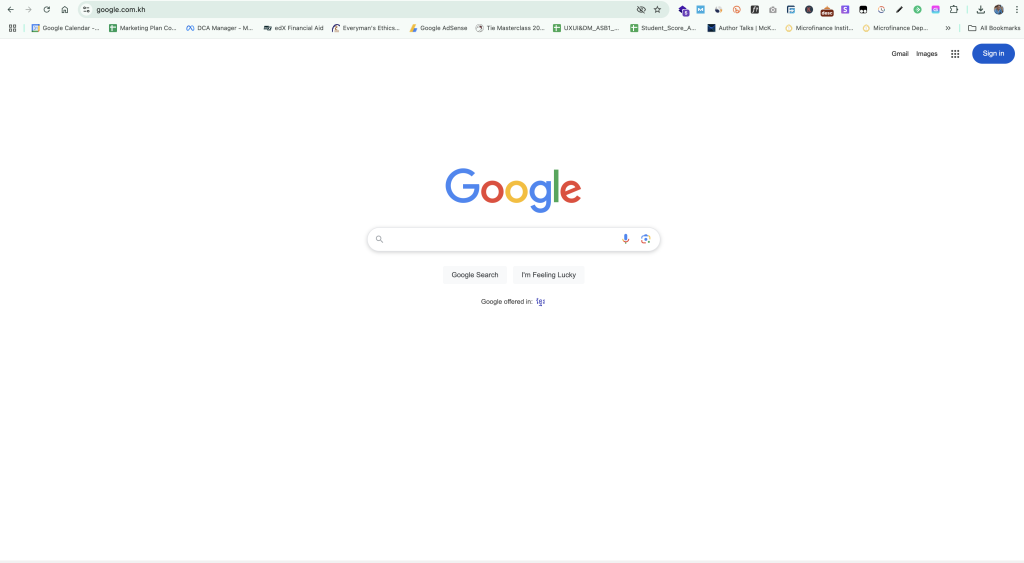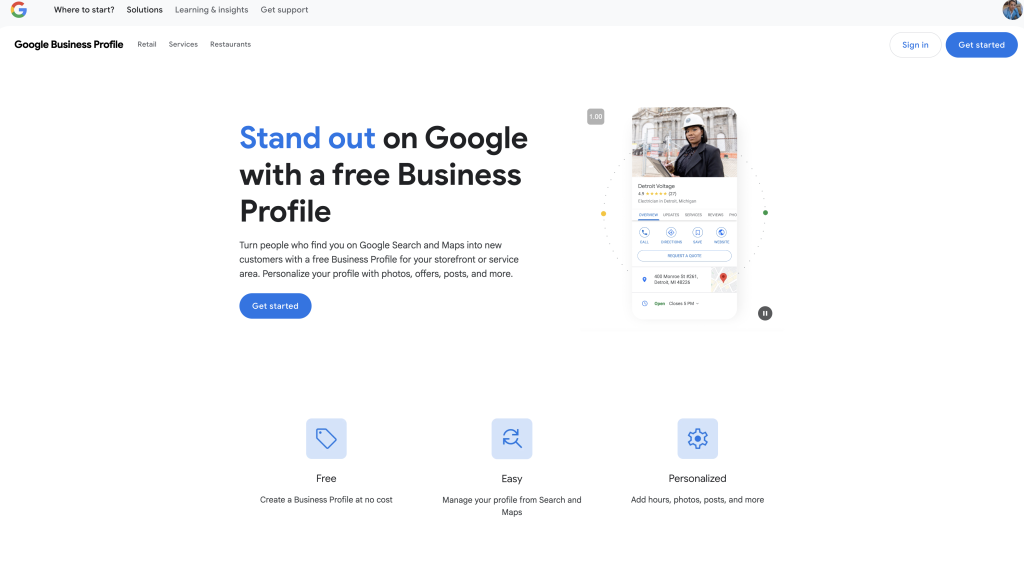Be Found on Google: How to Boost Your Business’s Online Presence
In today’s digital-first world, if your business isn’t showing up on Google, it might as well not exist—at least in the eyes of most consumers. Did you know that 93% of online experiences begin with a search engine , and Google dominates that space with over 86% global market share? That means if you’re not leveraging Google to its fullest, you’re missing out on countless opportunities to connect with potential customers. At DCA , we believe every business deserves to be found—and thrive—online. In this post, we’ll walk you through how Google can be your secret weapon to building a powerful online presence and driving real results for your business. Why Being “Found on Google” Matters Think about the last time you looked for something. Chances are, you opened Google and typed in a few keywords. Whether it was “best coffee shop near me” or “how to fix a leaky faucet,” you weren’t alone. Millions of people use Google every day to find answers, products, and services—just like yours. If your business doesn’t appear in those search results, you’re invisible to those people. And invisibility equals lost sales, missed leads, and wasted marketing efforts. So how do you make sure your business shows up where it matters most? Let’s break it down. 1. Get Listed on Google My Business (Now Called Google Business Profile) This is your first step toward local visibility. Google Business Profile (GBP) allows you to manage how your business appears across Google Search and Maps. When someone searches for services or products you offer, your GBP listing could show up right at the top—with your name, address, phone number, reviews, photos, and more. Why It Works: Pro Tip: Keep your information accurate, upload high-quality images regularly, and respond to reviews promptly to build credibility. 2. Optimize Your Website for Google Search Google wants to give users the best possible results—which means your website needs to be fast, relevant, and helpful. This is where Search Engine Optimization (SEO) comes into play. Here’s what Google looks for: When you optimize your site for these factors, Google rewards you with better rankings, which translates to more organic traffic. Pro Tip: Use tools like Google Search Console to monitor your performance and identify issues holding you back. 3. Run Google Ads for Instant Visibility Want to jump to the top of Google instantly? That’s where Google Ads come in. Whether you’re launching a new product, promoting a limited-time offer, or trying to get more calls, Google Ads can put your business in front of the right audience at the right time. Types of Google Ads You Can Use: With smart targeting, budget control, and real-time analytics, Google Ads give you full control over your advertising strategy. Pro Tip: Combine Google Ads with remarketing to re-engage visitors who’ve already shown interest in your brand. 4. Use Google Analytics to Understand Your Audience You can’t improve what you don’t measure. Google Analytics gives you a behind-the-scenes look at how users interact with your website. From bounce rates to conversion tracking, this free tool is essential for making data-driven decisions. What You Can Learn: Understanding your audience helps you tailor your messaging, improve user experience, and ultimately grow your business. Pro Tip: Set up custom goals in Google Analytics to track specific actions like newsletter signups, contact form submissions, or purchases. 5. Leverage YouTube Through Google YouTube is the second-largest search engine in the world—and it’s owned by Google. If your business isn’t using YouTube to educate, entertain, or engage your audience, you’re missing out. Whether it’s how-to videos, customer testimonials, or behind-the-scenes content, YouTube helps you build authority and trust while improving your SEO. Pro Tip: Optimize your video titles, descriptions, and tags with keywords so your videos show up in both YouTube and Google search results. 6. Encourage and Manage Customer Reviews on Google Online reviews are one of the most powerful tools for local businesses. Google pulls reviews directly into your Business Profile, influencing both your local ranking and consumer trust. The more positive reviews you have, the more likely someone will click on your listing instead of your competitor’s. Pro Tip: Make it easy for happy customers to leave reviews. Send follow-up emails, add links to your receipts, or create signage in-store reminding them to review you. 7. Stay Updated with Google’s Latest Features Google is always evolving. From AI-powered search results to voice search and featured snippets, staying ahead of the curve ensures your business remains competitive. At [Your DCA Name] , we keep our finger on the pulse of Google updates and trends so you don’t have to. Our goal is to future-proof your digital strategy and ensure your business thrives—not just survives—in the ever-changing digital landscape. Final Thoughts: Be Found, Be Trusted, Be Successful Being found on Google isn’t just about visibility—it’s about building trust , driving growth , and connecting with your audience where they already are. From optimizing your website and managing your Google Business Profile to running targeted ads and analyzing performance, there are countless ways Google can help your business shine online. And the best part? You don’t have to do it alone. At DCA , we specialize in helping businesses like yours harness the power of Google to grow their online presence, attract more customers, and achieve lasting success. Ready to be found on Google? 👉 Contact us today to schedule a free consultation and see how we can help your business rise to the top of the search results. If you found this post helpful, share it with a fellow business owner or leave a comment below! Have questions about getting your business noticed on Google? We’d love to hear from you. Stay visible.Stay relevant.Be Found on Google. Get Your Business Mentioned in Google’s AI Answers
Be Found on Google: How to Boost Your Business’s Online Presence Read More »









